Archive for March, 2010
A Year in the Life of a Suburban Homestead – Spring
April
April is the official herald of spring. It’s also the month that our baby chicks and turkeys arrive. The postmaster calls and you can hear the cacophony in the background. No matter how cute and warm and fuzzy chicks (of any kind) are, the post office is eager to have them picked up. But, we are ready, have been ready. The litter-lined box is situated in the sunny corner of the kitchen; the heat lamp is warm; the water font is full and chick starter feed is strewn on the bottom of the box. After a few minute round trip our new charges are home and settling in. It will be weeks before they are old enough or big enough to tackle the outside chicken coop, but for now they are our prime entertainment.
• Indoor seed starting continues
• Seeds started in March hardened off and planted outside
• All veggie beds planted with direct sow seeds like beans, cucumbers, beets, carrots, radishes, lettuces, etc.
• Other hardy vegetable transplants planted
• Potatoes planted
• Chicken coop cleaned of winter bedding; tilled into garden beds; nesting boxes refilled with bedding
• Chicks bought in March put into coop towards end of the month
• Turkeys moved to turkey pen
• County and State fair lambs picked up
• Clapboard on barn washed; windows washed; cobwebs removed
• Livestock trailer cleaned
• Earth Day celebration and Garden Club free cutting day
May
May is my favorite month of the year, besides October. It’s a time when the flower garden looks its best and the vegetable garden is beginning to take off and show the abundance we will enjoy throughout the summer. It’s also a great time for garden tours and lectures at local nurseries and botanical gardens.
• Direct sow seeds continue to be planted every few weeks
• Flower beds fertilized
• Vegetable beds mulched to keep weeds down
• Fruit tree branches staked as fruit gets heavy
• New berry canes tied to fence for support
• Deadwood cut out of climbing roses
• Shelling, snap and sugar peas picked daily
• Freezer cleaned, reorganized and inventoried
• All winter gear cleaned and stored
• Entries sent off for State Fair
• Dog’s winter coat sheared off
June
Early planted seeds are ready to pick – red, yellow and orange beets, lettuces of all kinds, globe and French radishes are added to evening meals. It’s a time of diligence, a time to watch tender seedlings, plant new seeds and enjoy the rewards of our labors. I’m often accused of spending too much time between the garden and the barn; spending too much time with my hands in gloves and my knees in the dirt. But, I enjoy the work. It’s relaxing and calming with the sun warm on my face and the smell of fresh dirt on my senses. We don’t travel much during June. There’s too much to watch, too much to do.
• County and State Fair lambs tagged, wormed and sheared
• County Fair entries submitted
• Garden planting continues weekly
• Tomatoes staked
• Sunflowers, winter squash and pumpkins planted
• First of the berries come off – blue, black, gold, red
• Steadily harvesting salad greens, beans, peas, broccoli and onions
• Spent or mature greens fed to chickens
• Early peaches start to ripen (we’ll have peach cobbler by months end)
• Weeding, mulching and deadheading continues
![]() photo credit: Alexandre LEONARD
photo credit: Alexandre LEONARD
Food Labels – What’s in a Name?
Food labels contain a wealth of information to help you make informed choices at the market, but they can also be confusing and even misleading. To become better informed about the labeling and certification in your food choices read the meaning of each label below or visit their website. Better yet, ask the produce manager or the farmer where your food comes from and how it is grown.
 Local – There are no consistent standards for use of the term, which may refer to a region, a state or the immediate ridgeline or watershed. It may also be applied to products that are made locally but of imported ingredients (chocolates, cheese, pastries, locally roasted coffee).
Local – There are no consistent standards for use of the term, which may refer to a region, a state or the immediate ridgeline or watershed. It may also be applied to products that are made locally but of imported ingredients (chocolates, cheese, pastries, locally roasted coffee).
 Organic – Certified by the US Department of Agriculture (www.usda.gov, www.ccof.org) to meet standards that disallow the use of most conventional pesticides, genetic engineering, and routine use of antibiotics and growth hormones in livestock.
Organic – Certified by the US Department of Agriculture (www.usda.gov, www.ccof.org) to meet standards that disallow the use of most conventional pesticides, genetic engineering, and routine use of antibiotics and growth hormones in livestock.
![]() Sustainable – “Sustainable food” certification programs address an array of social and environmental issues that go beyond “organic,” including safe and fair working conditions, healthy and humane care for livestock, reduced pesticide use, reduced water and non-renewable energy use, and enhanced soil health. Visit the Food Alliance (www.foodalliance.org) and Scientific Certification Systems (www.scscertified.com) to learn more.
Sustainable – “Sustainable food” certification programs address an array of social and environmental issues that go beyond “organic,” including safe and fair working conditions, healthy and humane care for livestock, reduced pesticide use, reduced water and non-renewable energy use, and enhanced soil health. Visit the Food Alliance (www.foodalliance.org) and Scientific Certification Systems (www.scscertified.com) to learn more.
![]() Fair Trade – Fair trade partnerships seek to offer better trading conditions to, and secure the rights of, marginalized producers and workers, especially in developing countries. Certification by the Fair Trade Labeling Organizations International (www.fairtrade.net) guarantees that a producer’s fair trade claims have been independently audited and verified.
Fair Trade – Fair trade partnerships seek to offer better trading conditions to, and secure the rights of, marginalized producers and workers, especially in developing countries. Certification by the Fair Trade Labeling Organizations International (www.fairtrade.net) guarantees that a producer’s fair trade claims have been independently audited and verified.
 Fair Labor – Criteria includes hiring and employment practices, safe workplace conditions, workers right to organize, worker housing, child labor, and access to health, education and transportation services. Currently two organizations certify safe and fair ag practices in the United States: www.scscertified.com and www.safeagemployment.org.
Fair Labor – Criteria includes hiring and employment practices, safe workplace conditions, workers right to organize, worker housing, child labor, and access to health, education and transportation services. Currently two organizations certify safe and fair ag practices in the United States: www.scscertified.com and www.safeagemployment.org.
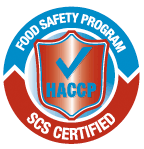 Clean – Foods certified by organizations like Scientific Certification Systems (www.scscertified) to have met voluntary standards in one or more areas of potential concern, including pesticide residues, food pathogens, industrial contaminations and heavy metals, and food safety procedures and practices throughout the food supply chain.
Clean – Foods certified by organizations like Scientific Certification Systems (www.scscertified) to have met voluntary standards in one or more areas of potential concern, including pesticide residues, food pathogens, industrial contaminations and heavy metals, and food safety procedures and practices throughout the food supply chain.
Sheep Shows, Chicks and Tired Bodies
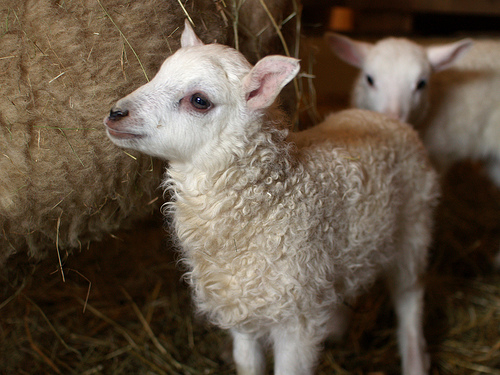
Boy oh boy, what a weekend we’ve had.
In the past few days we drove north to a junior livestock show (Brianne placed first in her class and competed for champion), spent a long wonderful day visiting with other livestock showing friends, had a late dinner with a sheep breeder friend, looked at potential candidates for our county fair, and came home to a new batch of CHICKS! Life on a farm, no matter what the size, goes on about its business with or without you.
I’m recouping from the weekend’s non-stop pace, I’ll fill you in on it all… but tonight I am barely standing up. We got home around 3PM, and started to get the lambs settled back in the barn when I heard the tell tale peeps of newly hatched chicks. When Brianne checked, sure enough our little Frizzle hen was guarding three day old chicks and two more were pipping through their shells. We quickly set up our brooder with heat lamp, feed and water and brought the new chicks into the kitchen. We’ll see how many new one’s we have tomorrow.
To add insult to injury: this afternoon I ran around and watered newly planted seeds in mini-greenhouses, washed show blankets and towels, filled feed barrels and still managed to make dinner from scratch. I feel like I’ve been hit by a truck (or is that a farm). It’s time to sleep. I am beat!
Before I go… I want to wish everyone a happy spring equinox. Life with longer days and warmer weather is eagerly awaited.
Wall Street Journal Jumps on the Home Garden Bandwagon
I saw this article in yesterday’s Personal Journal section of the WSJ, touting the increase in new home garden enthusiasts.
To read the entire article and get advice from seasoned Master Gardeners click here.
![]() photo credit: wildgrace429
photo credit: wildgrace429
Who’s Watching Us Shop?
Grocery store shopping cards have been around for more than 10-years. They offer deep discounts on groceries and special purchases. They enable stores and government agencies to track back to the source of food bourne diseases, which is a good thing. But, with all this tracking and data storage, what is the hidden cost of “someone” knowing what we buy on a weekly basis?
Decide for yourself if you want “someone” knowing how many pounds of apples you buy or how often you stock up on canned goods by reading the article here.
Cheap Food Is An Illusion
Here’s a great movie trailer from Fresh The Movie:
FRESH is a grassroots efforts for a grassroots movement. The movie is a platform to raise awareness and connecting people to the solutions available in their community.
The objective is to make sustainable food no longer a niche market. You can view more video here.
FRESH celebrates the farmers, thinkers and business people across America who are re-inventing our food system. Each has witnessed the rapid transformation of our agriculture into an industrial model, and confronted the consequences: food contamination, environmental pollution, depletion of natural resources, and morbid obesity. Forging healthier, sustainable alternatives, they offer a practical vision for a future of our food and our planet.
Among several main characters, FRESH features urban farmer and activist, Will Allen, the recipient of MacArthur’s 2008 Genius Award; sustainable farmer and entrepreneur, Joel Salatin, made famous by Michael Pollan’s book, The Omnivore’s Dilemma; and supermarket owner, David Ball, challenging our Wal-Mart dominated economy.
… food for thought.

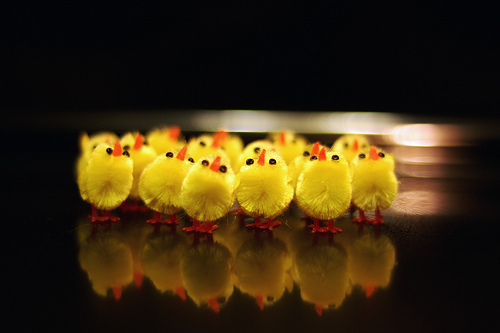
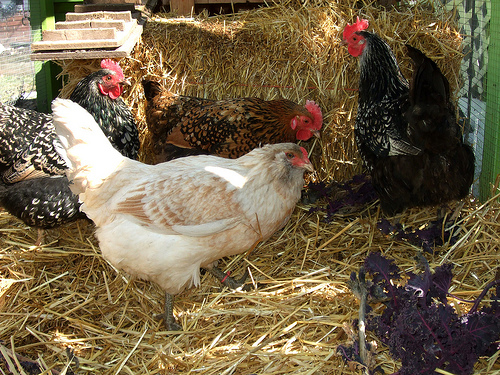
 Check them out, you won’t be disappointed. Click here for the link
Check them out, you won’t be disappointed. Click here for the link 

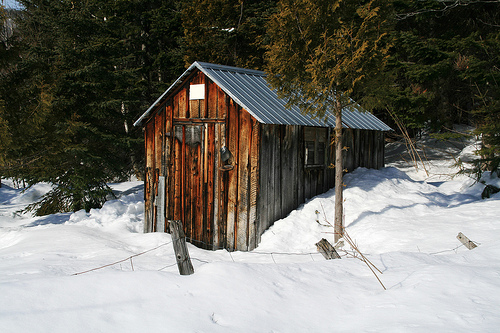
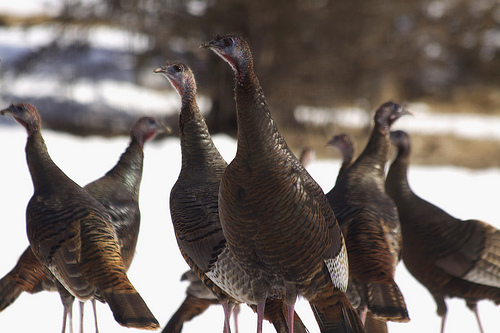

Recent comments
Aenean nonummy hendrerit mauris. Phasellus porta.